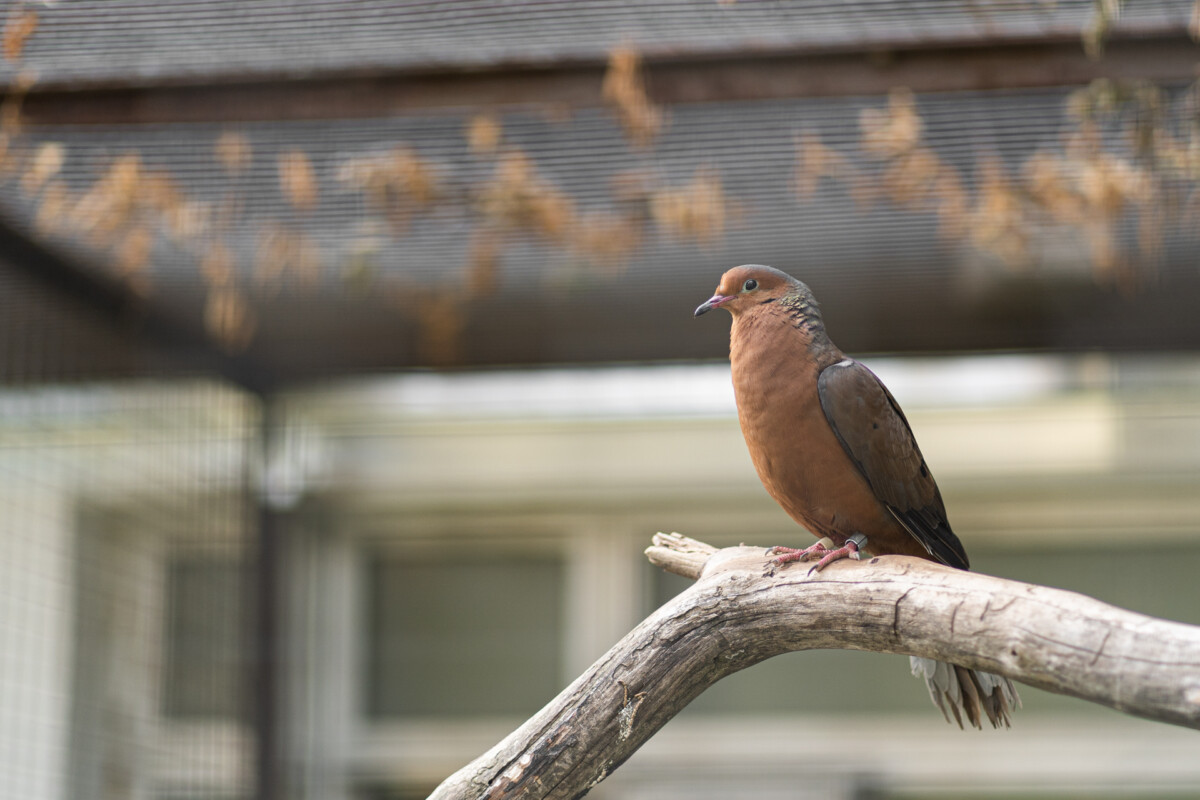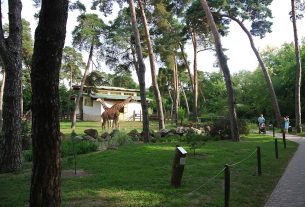This year’s dynamic collection growth has brought several professional milestones for Debrecen Zoo, now home to a male Socorro dove transferred from Royal Burgers’ Zoo (the Netherlands) under a European Ex-situ Program (EAZA EEP). Already exhibited in his aviary, this newcomer is of immense conservation value as he belongs to a species that disappeared from its natural range almost 50 years ago. 200 individuals remain in human care in a total of 36 zoos worldwide, most of them participating in the EEP. With the program currently centered on establishing a stable and viable zoo population that ultimately aims to be a source for reintroductions in the wild, Debrecen Zoo is very proud to be the only zoo in Hungary to have become a holding institution to date and hopes to also welcome a female in the near future in order to contribute to global breeding efforts.
Officially last observed on the island of Socorro off the west coast of Mexico in 1972, Socorro doves (Zenaida graysoni) were classified as Extinct in the Wild by the International Union for the Conservation of Nature (IUCN) in 1994. Noted for living solitarily or in pairs, they have presumably evolved this way due to only being hunted by birds of prey, which have a much easier time with flocks of birds. At the same time, they were evolutionarily unprepared for ground predators and thus fatally affected by the introduction of domestic cats to Socorro – thought to be the primary reason for the extinction, although destruction of understory by sheep grazing may also have played a role. Spending most of their time on forest floors, these relatively small doves were vital to their ecosystem, helping a number of native tree species reproduce by consuming their fruit and spreading the seeds.
Dr. Gergely Sándor Nagy
CEO, Debrecen Zoo and Amusement Park


















